A picturesque port – Un puerto pintoresco
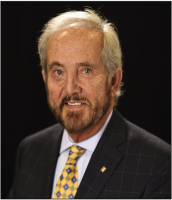
At times, Oaxaca is referred to as the “Cultural Capital of Mexico.” Even though this is heard frequently on the local radio, I am quite sure it could be contested or debated by those from other regions. Some say the State of Oaxaca offers the best of Mexico, both old and new. It has a vibrant Urban City, abundant indigenous arts and handicrafts, renowned native cuisine, fascinating history, natural wonders, and a rich cultural heritage, including 16 separate living languages.
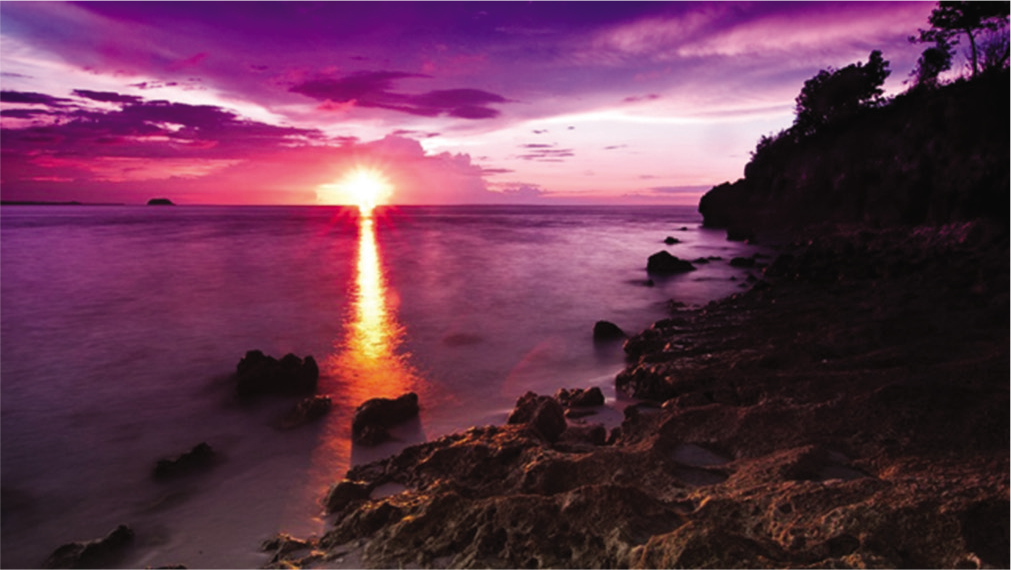
Mexico is the second largest country in Latin America, and the only one located in North America. Due to my intrigue, nearly 20 years ago, I decided to make it my hobby to visit all 31 states of our neighbor to the South. Throughout my travels, I found most Mexicans helpful, generous, and hard-working, perhaps with the exception of a few border towns and their reputations. As I came to the completion of my dream to see all of Mexico, Oaxaca remained as my last destination. And after doing so in 2014, I realized that by accident or design, I had saved the best for the last. The people, culture, food, music, and sincerity are all considered special by many, Mexican and non-Mexican.
Oaxaca is the fifth largest State of Mexico by area and listed in tenth spot by population. It is the most indigenous state, with 15 recognized languages. It is home to Mole Negro, or Black Mole, a sauce put on chicken, fish, and anything else your heart desires. Alebrijes, wild, zany, brightly painted animal carvings, Mezcal, similar to Tequila, and Tlayuda, a large pizza looking tostada (claimed the largest in Mexico) loaded with various tasty items, are made here. There are multiple indigenous groups, the most popular being Zapotec, Mixtec, Mazatec, and Chinantec; it is believed that they have survived so many years due to the unusually rugged topography and mountainous nature of the Sierra Madre Sur mountain range, providing safety and refuge. Oaxaca is one of the most biologically diverse states in Mexico, along with Chiapas and Veracruz forming the top three, due to numbers and varieties of reptiles, amphibians, mammals, and plants. The capital of Oaxaca City is almost as high as Denver, at 5110 feet, and a moderate population of 400,000, located in the Oaxaca Valley, roughly in the center of the state. Overlooking is regal Monte Alban ruins, Mesoamerica’s first metropolis, still reigning from its mountaintop throne.
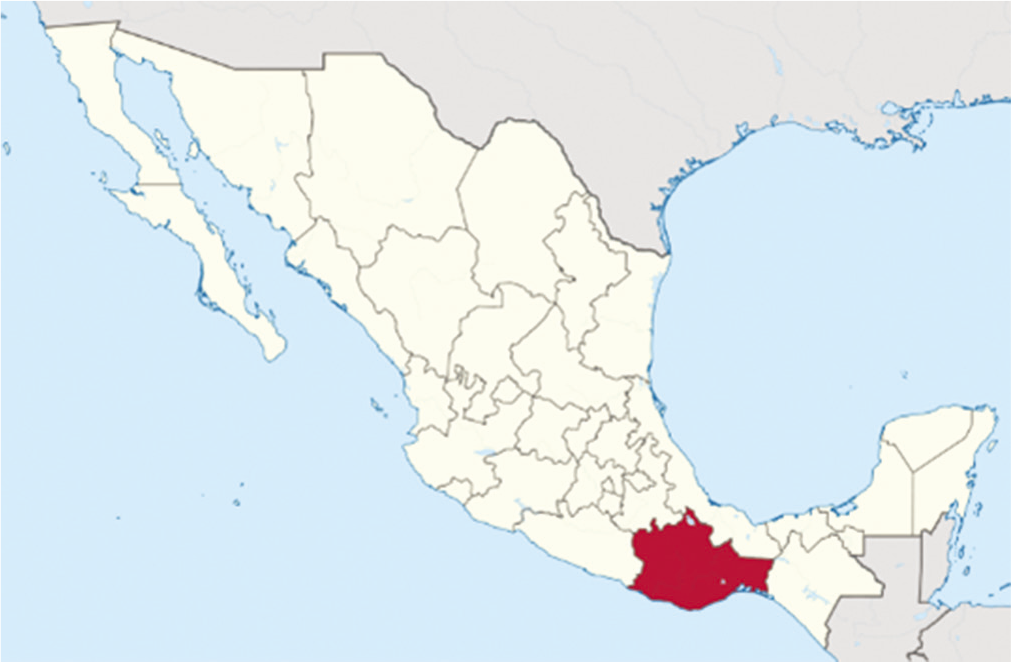
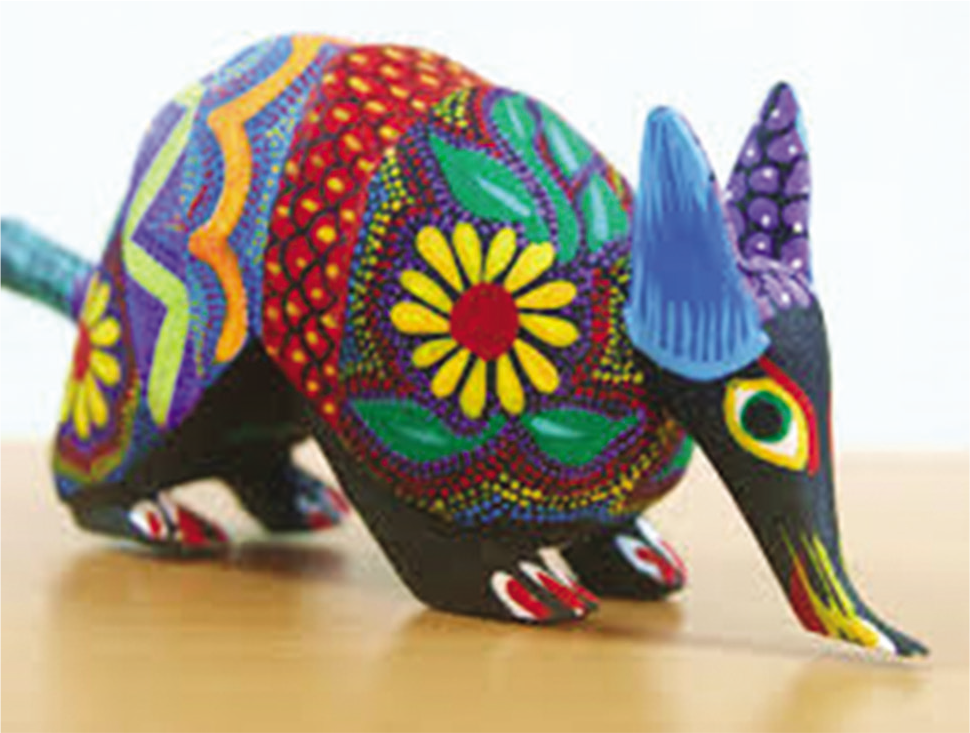
Oaxaca enjoys an extensive, beautiful coast on the Pacific Ocean, and one of the most beautiful areas on it is Puerto Escondido, where I now live. In spite of a fairly good dose of tourism, including a surfer population and international surf competition, there remains many small rural villages of inhabitants at poverty level and living under difficult conditions, all around this picturesque port. It is for this reason a group from Imperial Valley, California, return twice a year to provide dental, medical, and vision treatments to those needy but very appreciative patients. Last week (June 13–20), our group traveled to four different areas of need, each day a different target: Bajos de Chila, Los Tamarindos, Quequestle, and Piedras Negras. Portable remote clinics were set up each day, units even able to run off solar power, should there be no electric access available. Needy patients were treated as their conditions indicated, with extractions of hopeless, nonrestorable teeth, full spectrum restorative procedures with amalgam and resin, and periodontal problems. In spite of getting up early, hard work, long days, there were disappointed people with unmet needs, some having shown up too late. Travel times by vehicle varied each day, with the farthest locations taking nearly an hour to arrive and return. Every day as we packed up, everyone experienced tired souls and sore backs, but warm hearts, warmed by the reward of having given to people who not only really needed help, but appreciated so much what we gave. It is impossible to put into words to explain what one who goes to give of himself, then actually receives back even more in return from grateful people. In giving of your talent and time, something magical seems to occur, and as you go to give, it seems to work in reverse, and one gets more than he/she gives, a concept difficult for those who have never done volunteer work to understand.

Albert Schweitzer MD said, “Until he extends his circle of compassion to all living things, man will not himself find peace.” So, we find and experience peace thru service. And William M. Peck stated, “The good that we take with us at the last call, is the good that we do while here.” I guess my point of view is, when my life is put in the balance, do I want to have taken more, or given more. Easy answer!
Additionally, any time I speak with a colleague or friend who is experiencing boredom or burnout syndrome, I prescribe a short volunteer trip, weekend or week long, advising that it will change one’s perspective and attitude immediately, and one returns back home with a renewed spirit and revised goals and priorities for his/her life.
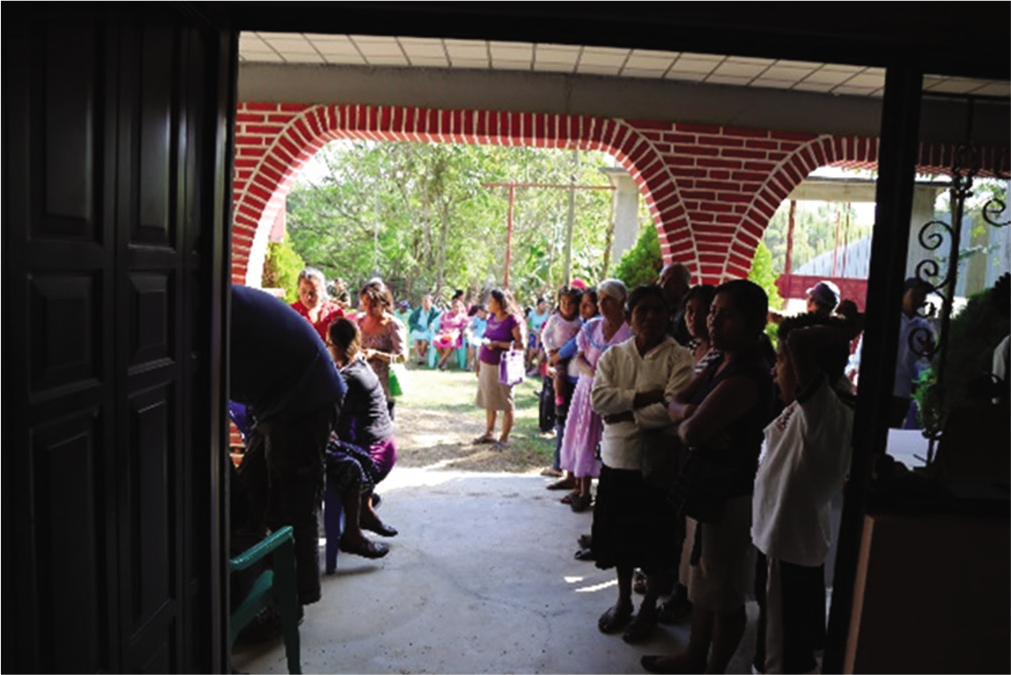

As one individual you’d recognize said. “When we see someone in need like it or not, it is like holding a mirror up to ourselves, because the basic needs of life – food, human warmth, medical care, freedom, love, and acceptance – are universal needs. Since those needs are not universally met, I believe we are meant, as a species, to serve each other, and to reach out to those isolated from us and society. And in that reaching out, in that service, we find that we ourselves are served” (Joan Baez).

My personal thanks to Gayle A. Cheatwood, DDS, FADI, dental director (www.dentalvisionmission.org), Pastor Ricardo Moore, and the entire team of very hardworking professionals and auxiliaries who made this one very successful effort for the extremely needy in this part of the world.
ADI (Academy of Dentistry International, www.adint.org) and ICD (International College of Dentists, www.icd.org and www.usa-icd.org) are presenting CE courses on Volunteerism. If you ever wondered how to get started or what to do, what it is like, what’s it all about, please attend one of the courses, I guarantee you’ll never be the same!
Ronald E. Fritz, DDS, MPH, FADI, FICD
Ronaldefritz.dds@gmail.com
Dr. Cheatwood gacdds@prodigy.net
Pr. Moore mooreofusr@sbcglobal.net
A couple of videos made by group participants: Puerto Escondido mission I: (4.21 Min) https://www.youtube.com/watch?v=EYecmvtTG8w&feature=youtu.be; Puerto Escondido mission II: (7.12 Min) https://www.youtube.com/watch?v=zwkl7Po3gXU&feature=youtu.be.





